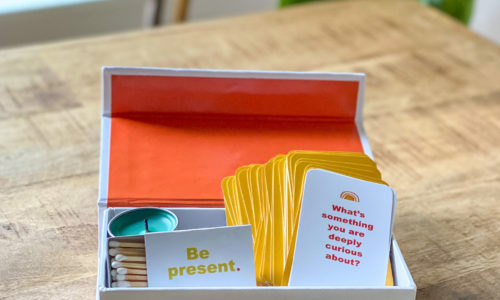As an Acton parent, I have been lost in the dark forest of badges, points and deliverables. It is a terrible place to be.
And then I catch a glimpse of light that brings me home to why I want my child learning in a way so different from my own school experience. These glimpses come when I read the weekly reports from the elementary studio; or get a call from a parent joyful over a child’s newfound engagement with learning; or I have an unusually revealing conversation with my son.
This week my shining light came from our middle school guide, Reed. He simply answered my question, “What do you hope the Eagles get out of this data quest?
His answer left me shaking my head with awe that our children have such an opportunity. I can’t imagine learning like this in my own middle school years.
I leave you with his email so you can come with me out of the forest of badges and into the light of learning:
“Dear Laura,
You asked me the other day what I hope the Eagles get out of this quest. Here are my thoughts:
If they pick up all the individual advanced tools like pivot tables, predictive regression & classification modeling, and dimensionality reduction—great, that’s icing. But what I really hope each Eagle takes away is just a basic “data literacy” if you will, which has two main components:
- Skill 1: Building the habit of quantifying/classifying things, and selecting good proxies when direct measurement isn’t feasible. I want them to get enough repetitions in wildly different topics, that Eagles can intuitively look at some abstract collection of things (states, crimes, Eagle Bucks, past presidents, candies, etc.) and:
- select the key properties (height, population, speed, freedom, happiness, etc.) of those things that will help answer a question or reveal a pattern;
- instinctively think about each of those properties might quantified or classified;
- then either identify ways to directly measure/approximate those properties, or have the skills necessary to find and use existing data that someone else collected.
- Step 2: Fluency with a few basic chart types and thinking about things in “N-dimensions”. Once they have described some abstract set of things with data, this is the ability to quickly visualize that data in an appropriate format and look for patterns (are there natural clusters? Do two of the factors strongly correlate? etc.) Ideally they will get enough repetitions with the different chart types that choosing the right one becomes automatic, and they can even intuitively visualize rough mental plots without opening their laptops.
If an Eagle is comfortable with both of those steps, they’ll have one more lens through which to look at the world. My hope going forward is that I can build in one data/plotting exercise into each quest (where appropriate), to solidify what they have learned and to demonstrate that this skill set is a versatile one.
Best,
Reed


